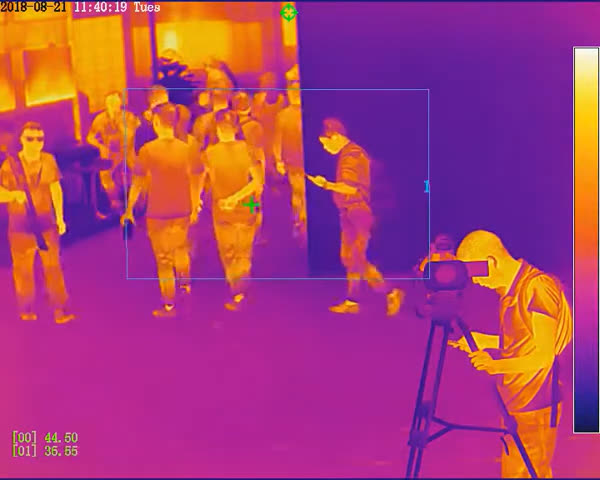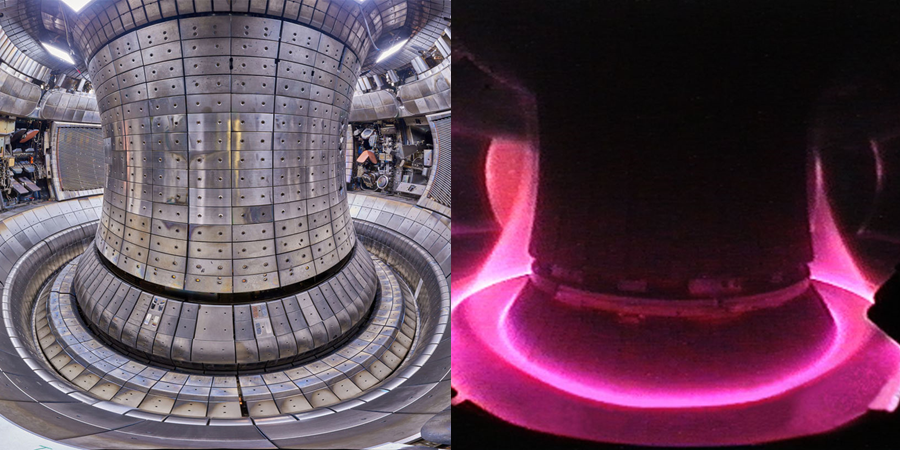Behind the Lorentz Force
I remember when I first learned about electromagnetism; moving electrons forming a current inherently creates a magnetic field, but also (more relevantly here) how a magnetic field can in turn “push” electrons in some direction. Succinctly:
But that’s high school physics. That’s for engineers not physicists. So, where exactly is this force coming from?
Fields
Everywhere around us in any arbitrary point of space lies specific values belonging to any particular field: the electric and magnetic fields come from the singular electromagnetic field, the temperature field which is just the power of the low-freq electromagnetic field1, the sound/pressure field which is just a particle density field.

An even extreme example is the metric field, which hold the curvature value of spacetime at some specific point in space. I brought this up because of an important fact: the gravitational force does not exist. Not in the traditional way.
General Relativity
When you jump and fall back down to the earth, you’d think you’re the one moving up and down; except Einstein didn’t. He proposed the fall to be an illusion, the earth is what’s pressing onto you. At ~10 m/s/s.
During that fall, you’re inertial. And inertial objects follow one simple rule: the straight line in spacetime. But spacetime is a hypersurface, so we call that straight line ‘the geodesic’.
So, am I saying that the Lorentz force isn’t real? And that there’s an electromagnetic geodesic? No. The specific case of electromagnetism is much, much more complicated.
Quantum Electrodynamics
An important part of electromagnetism is how the propagation energy has a minimum amount to its frequency, i.e., discrete amounts, i.e., quantized, i.e., quantum.
These “packets” are what make up the entire field propagation, and materialize as excitations of the field called photons. Since any energy lower than this can’t exist, they present as inherently probabilistic, i.e., half the minimum energy would exist as a 50% chance of a single packet.
At this scale, this probability is what propagates instead!
Now the interesting part, this energy packet effectively becomes some kind of billiard ball that’s transferred between fields all over the place. When charges move, they emit electromagnetic excitations that come in quantized/discrete amounts. Magnetic fields are also just charges that move but in some other reference frame.
Hence, when they move in vicinity, this energy starts to “ricochet” between the two, forming a standing wave. This causes the positional probability of the charge to be focused on a trajectory that follows Lorentz’s law!
Rebuttals
Wait - this could’ve been explained without quantum mechanics. And definitely without relativity. Why the hassle? These are very valid concerns in general. One should always accept the easiest explanation before unnecessarily diving too deep2.
The distinction is important when we realize that the true trajectory of the charge is not definite. To measure them in the first place, one would need to interfere, like maybe, placing a metallic plate and measuring the potential generated. The needle would indeed fluctuate akin to a radioactive gauge. Each “hit” corresponds to the collapse of a charge’s wavefunction.
But what about plasma? We clearly see the bright curves following protons and electrons in a tokamak. Those bright lines aren’t the protons, they’re photons that are also following a probabilistic trajectory all the way to your eye retina (or a camera sensor) which act as the metallic plate, collapsing the photon wavefunction.

Conclusion
So, what have we gained? What can we do with this information? Honestly, not much. Current tech is pretty limited to expand on this. Most if not all innovation today is focused on clear-cut profit, no room for loss: semiconductors, materials, optical fibers. I would love it if people cared a bit more about intrinsic particles and manipulation thereof; but that’s too much to expect from the collective.